Olympus E-400 with Zuiko Digital 14-42mm f3.5-5.6 ED
-
-
Written by Gordon Laing
Olympus E-400 noise level comparison
Outdoor / Resolution / Noise / Noise 2 / Corner sharpness / Fringe & macro / Geometry / Vignetting
| Support this site by shopping via these links |
| Support this site by shopping via these links | ||||
 | To measure and compare the Olympus E-400’s noise levels we photographed the standard Gretag Macbeth ColorChecker with it and a number of rival models using their best quality JPEG and default image tone, sharpening and noise reduction settings. The crops are taken from the original images and presented here at 100%. To compare typical noise in skies and dark shadows the crops were taken from patches 3 and 24 respectively. |
Putting tonal and colour differences due to the E-400’s default Vivid mode aside, the crops show a clean result at 100 ISO, but some texture from noise speckles is already becoming visible at 200 ISO. At 400 ISO these speckles appear more obtrusive than most of the E-400’s rivals, while at 800 and especially 1600 ISO they’ve become quite obvious. At first this doesn’t look good for the E-400, but as our next page of noise results shows, there’s still plenty of detail recorded at higher sensitivities. Olympus has clearly opted for a less aggressive noise reduction strategy, which may have resulted in more visible speckling, especially on areas of flat colour as seen below, but with the maximum detail retained. This at least gives you the option of reducing the speckles with noise reduction software later if desired. If you want cleaner-looking JPEGs out the camera at high ISOs, the Canon 400D / XTi is a better bet, but the E-400 is certainly capable of recording plenty of detail at high sensitivities. Note: we have compared 100% crops from all the cameras here measuring 136×136 pixels. These represent smaller areas of the entire image on the higher resolution cameras. So any artefacts seen below will be more obvious on the lower resolution E-500 and L1, if each image were reproduced at the same size. That said, the difference in area is minimal in practice. |
Olympus E-400 |
Canon 400D / XTi |
Olympus E-500 |
Panasonic L1 | |||
 |  | 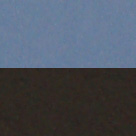 |  | |||
100 ISO |
100 ISO |
100 ISO |
100 ISO | |||
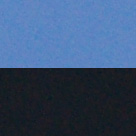 |  | 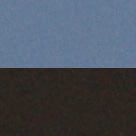 |  | |||
200 ISO |
200 ISO |
200 ISO |
200 ISO | |||
 |  |  | 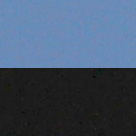 | |||
400 ISO |
400 ISO |
400 ISO |
400 ISO | |||
 | 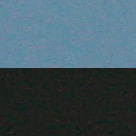 | 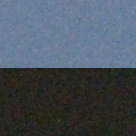 |  | |||
800 ISO |
800 ISO |
800 ISO |
800 ISO | |||
 | 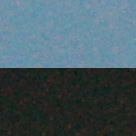 |  |  | |||
1600 ISO |
1600 ISO |
1600 ISO |
1600 ISO |




